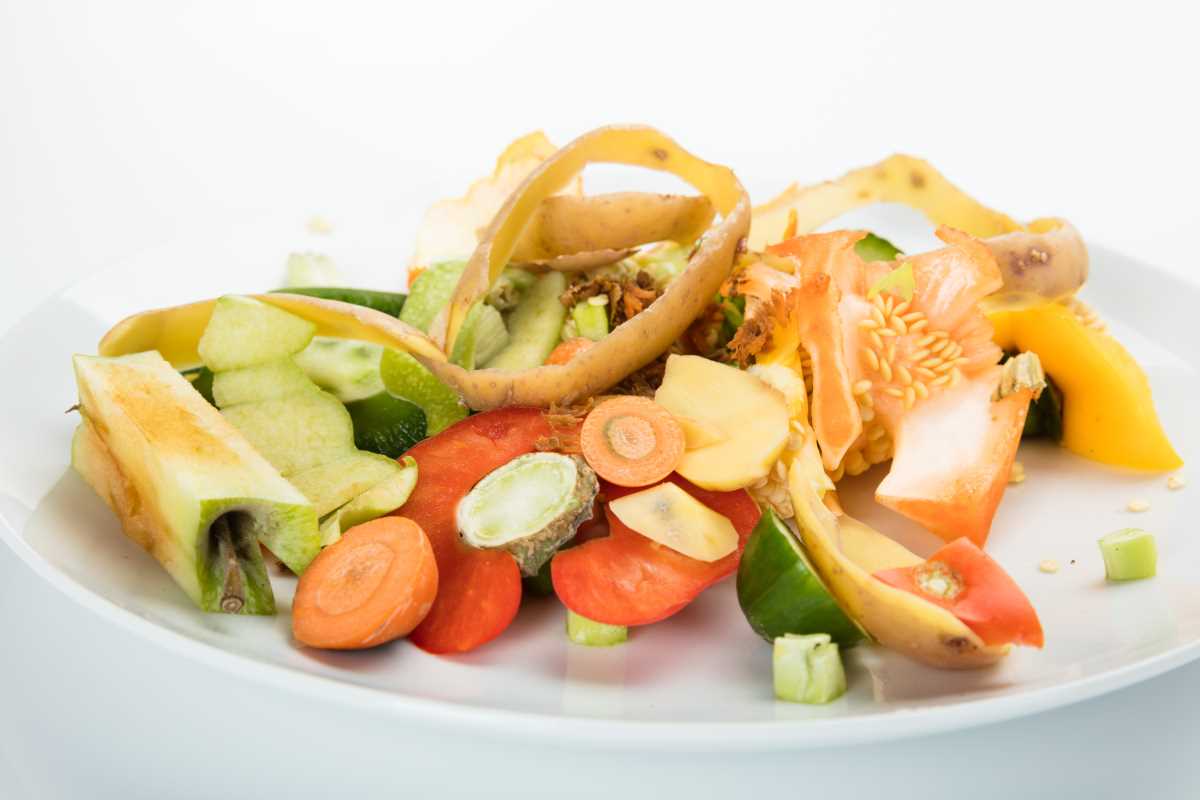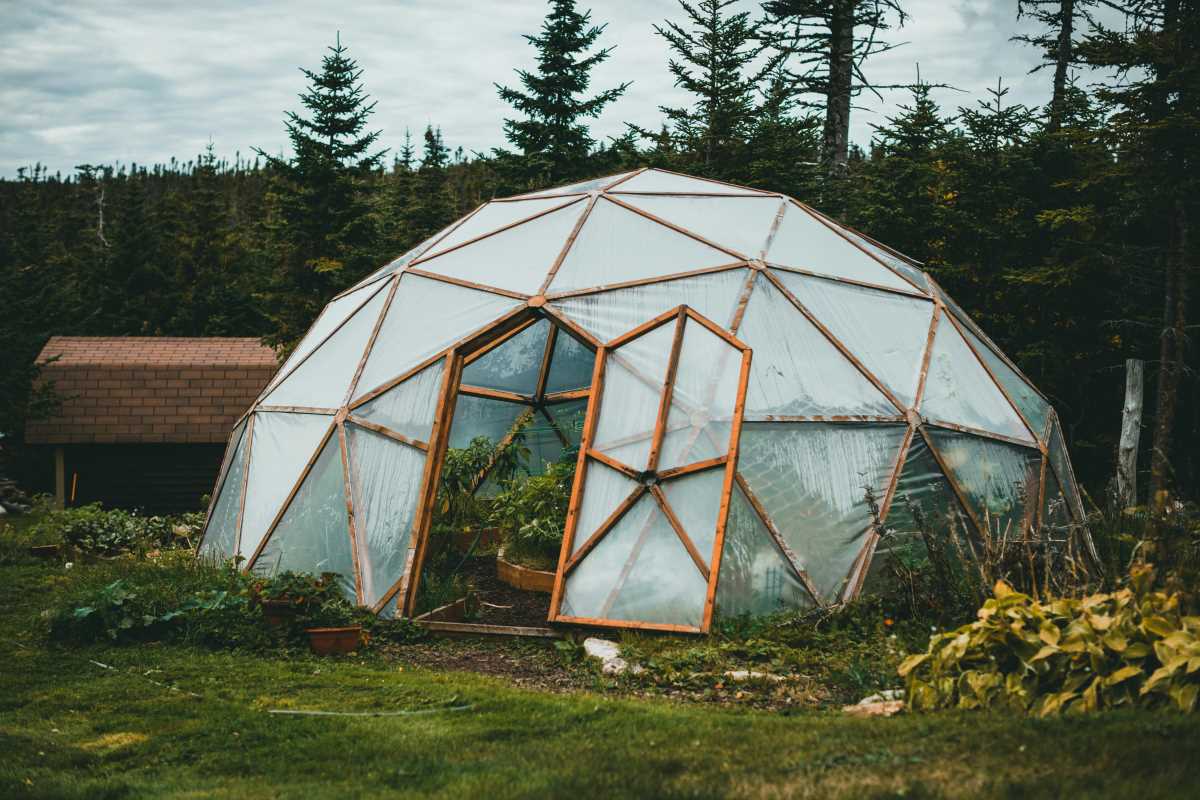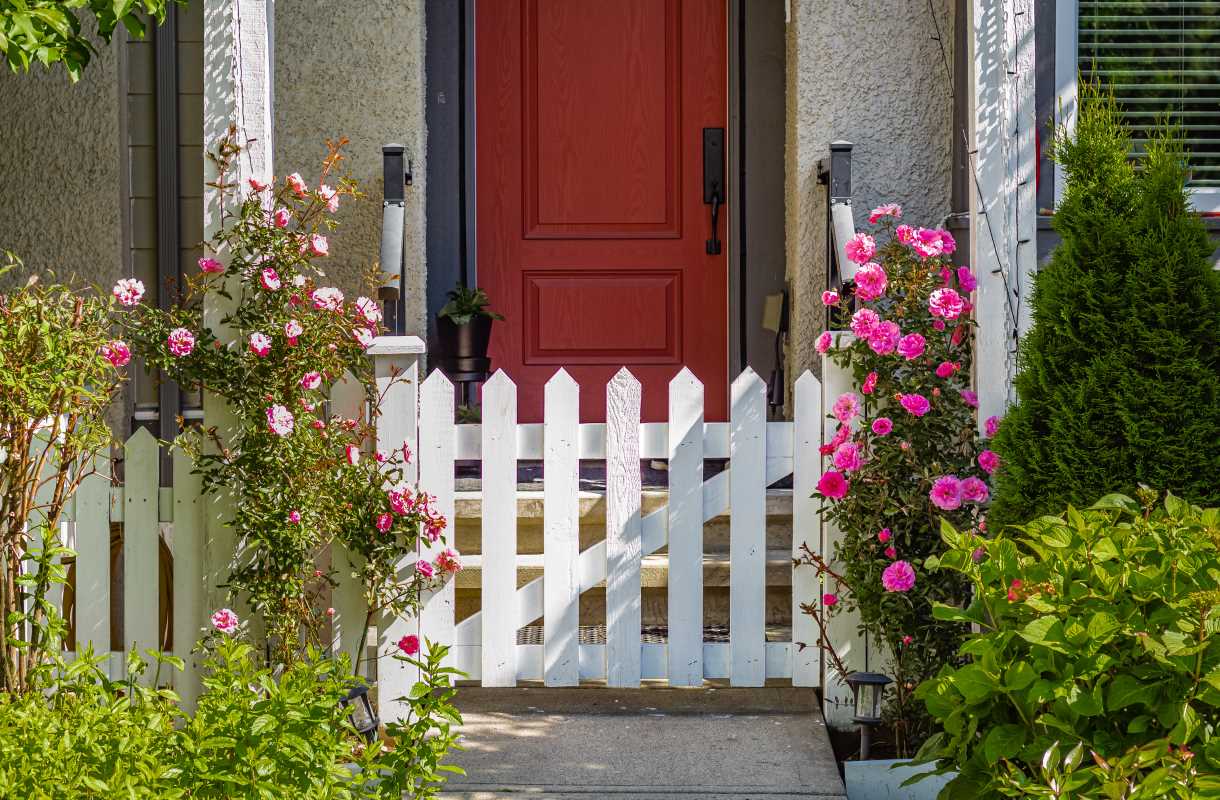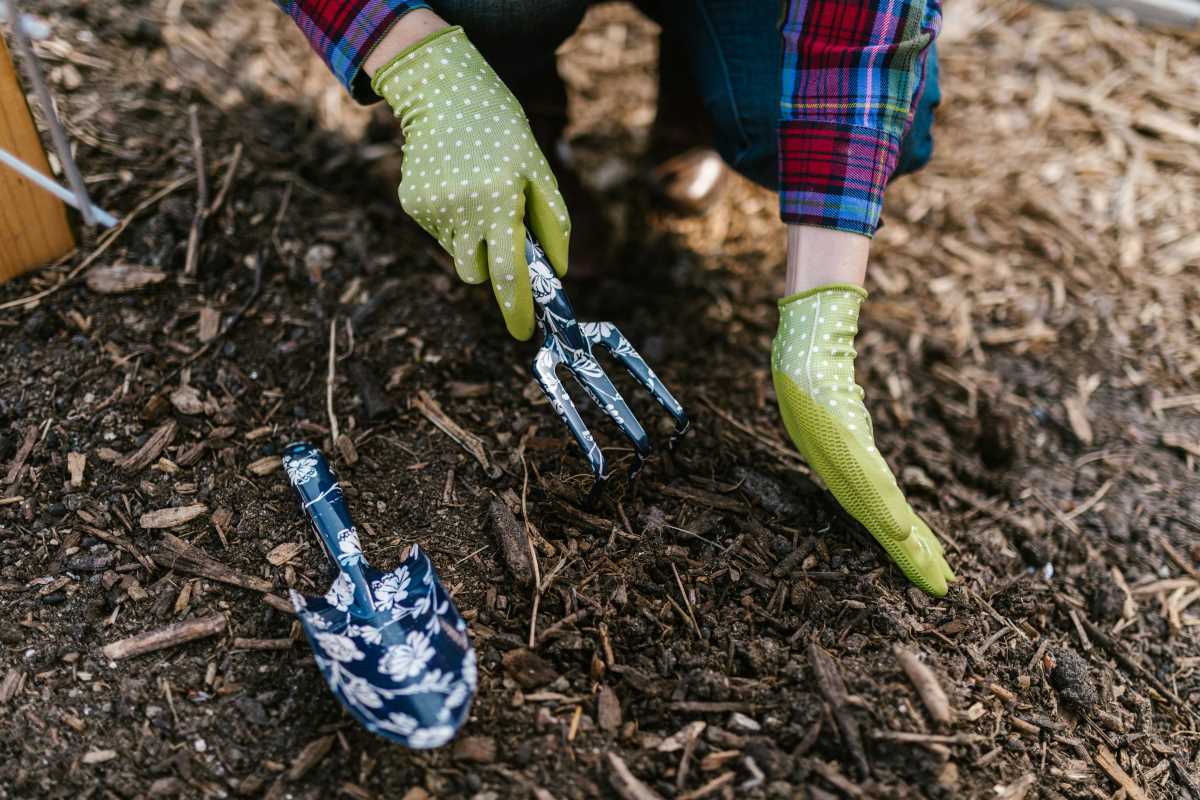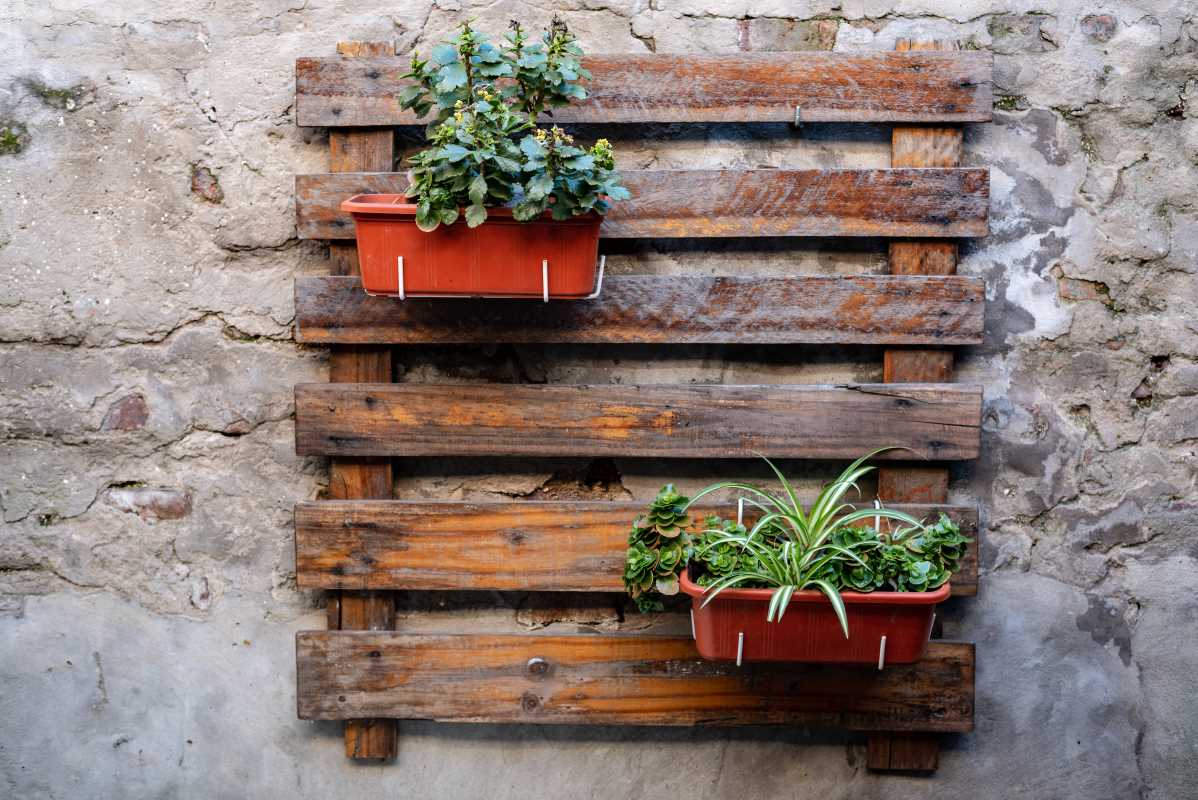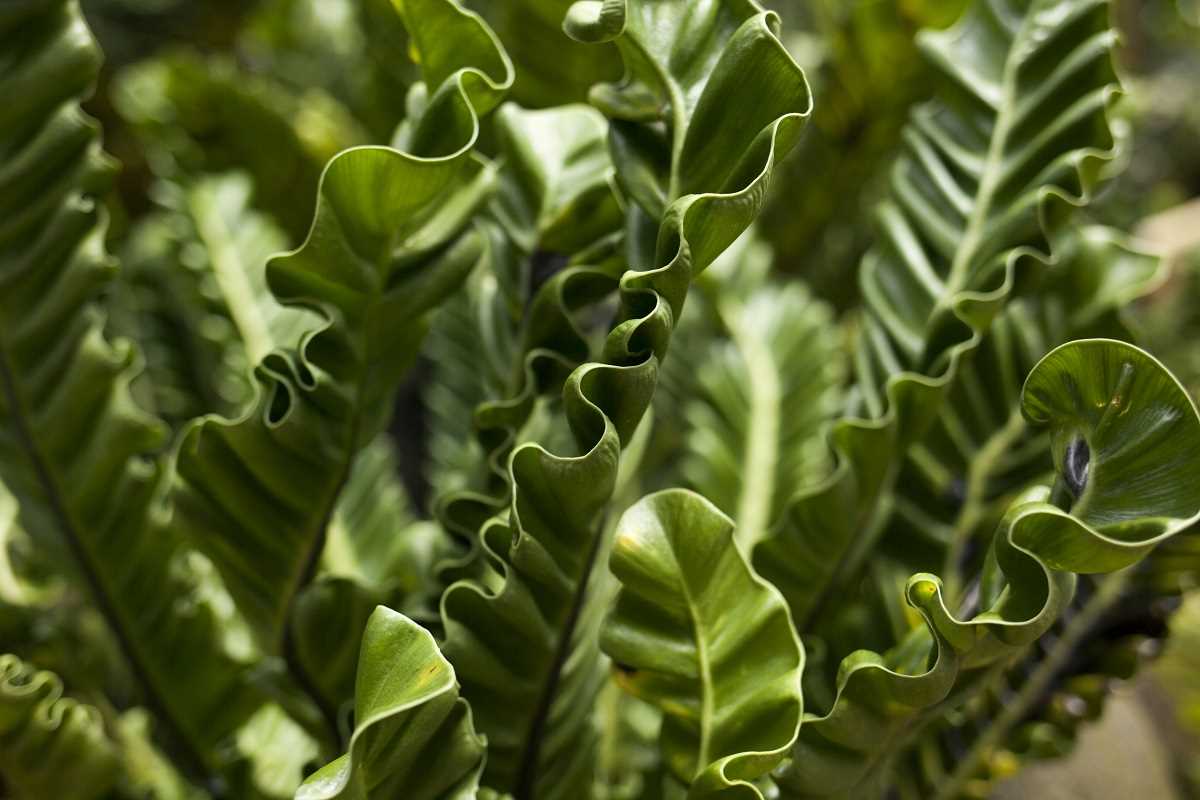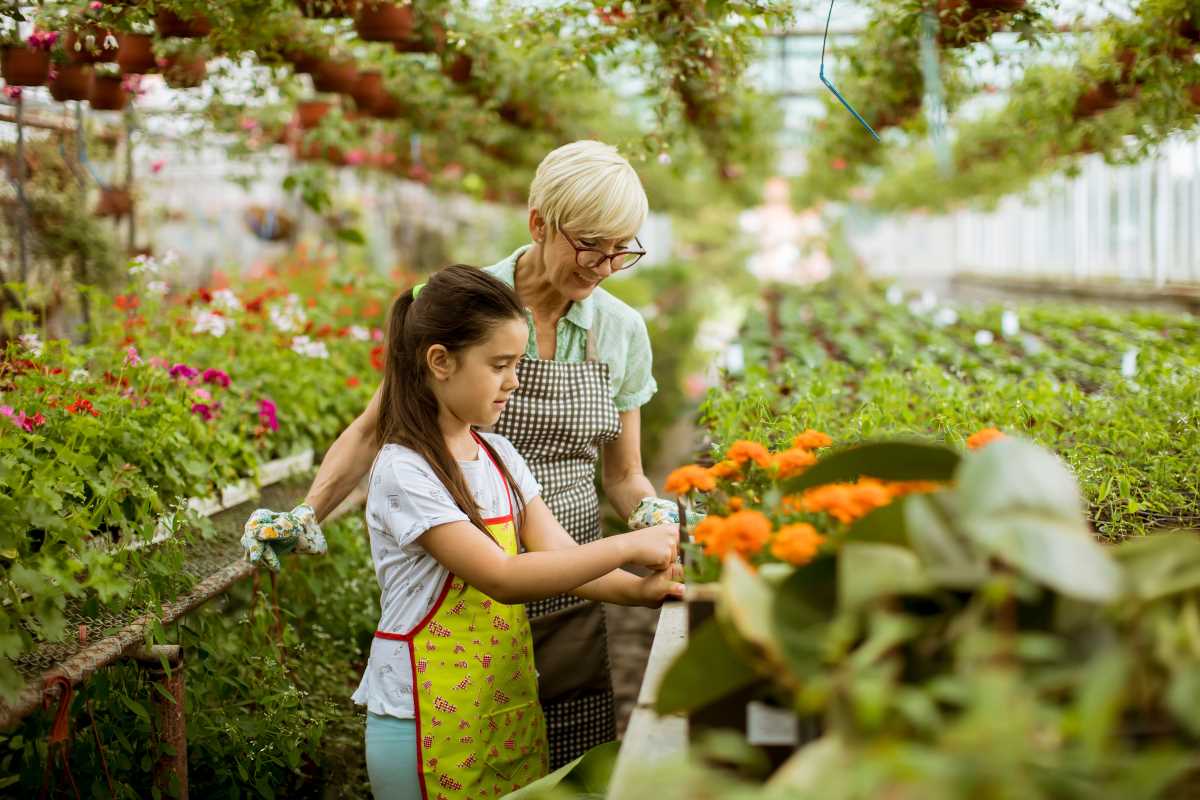Making the most of a cozy living space doesn't require sacrificing the benefits of a lush garden. It might initially appear challenging to convert kitchen scraps into fertile soil, but composting in compact quarters is entirely doable and highly satisfying. By arming yourself with a bit of planning and the right techniques, you can effortlessly turn what most people discard as waste into a valuable, eco-friendly asset for your garden. This approach not only helps in reducing your household waste but also enriches your plants, creating a thriving microenvironment even in limited spaces.
The idea of composting has grown in popularity as people breathe new life into discarded items and reduce the amount of waste sent to landfills. Bringing together simple steps, practical tips, and a few creative choices, you can enjoy the dual benefits of waste reduction and lush, healthy plants—even on a limited budget and in a compact environment.
What to Know Before You Start
Composting breaks down organic material into a rich, soil-enhancing substance your plants will love. You do not need a large yard or any fancy gadgets to start this process; a small bin, some everyday items, and a little routine upkeep will set you on the right path. Many imagine that only heaps of yard waste can be composted, but you can effectively compost kitchen remnants, leftovers, and even some paper products with the proper care.
Confusion often surrounds what to compost and how the process works. A common myth is that indoor composting attracts pests or requires a lot of space. In truth, each step simply needs the right balance of moisture, air, and organic matter to break down into usable material. A little patience and adherence to the basics can steer you clear of common pitfalls while recycling resources back into your garden.
Setting Up Your Small-Space Compost
Designing a compost system for a small area begins with careful planning. The goal is to maximize efficiency with minimal space while keeping the setup manageable. You can use a compact bin or even repurpose an old container as long as it has proper ventilation to allow air exchange, which helps drive the decomposition process.
Follow these straightforward steps to build your own compost bin:
- Choose a container with a lid and drill small holes around the sides and bottom for air flow.
- Place a layer of coarse materials such as small twigs or shredded cardboard at the bottom to create drainage and aeration.
- Add a mix of green and brown materials, making sure to cover each layer with a thin layer of soil.
- Keep the bin in a well-ventilated spot away from direct sunlight, but ensure it remains easily accessible.
- Monitor moisture regularly, and if needed, sprinkle water to maintain a damp, not soggy, environment.
The steps above provide a foundation for efficient composting even when space is at a premium. Experiment with the quantities and types of materials as you learn what works best in your unique setting—and enjoy witnessing the gradual transformation of your organic matter into earthy gold.
What to Compost and What to Skip
The success of your compost depends on using the right ingredients. A balanced mix of nitrogen-rich greens and carbon-heavy browns encourages a smooth decomposition process. When it comes to recycling kitchen waste, items such as fruit and vegetable peels, eggshells, and even coffee grounds turn into valuable nutrients for your plants.
Below is a handy checklist dividing what goes into your compost and what should be avoided:
- Acceptable items: Vegetable scraps, fruit skins, coffee grounds, tea bags, and shredded paper.
- Allowable materials include items like household scraps that contribute beneficial microbes to the mix.
- Avoid meat, dairy, and oily foods, as they can attract pests and create unpleasant odors.
- Steer clear of heavily processed or chemically treated items that might hinder natural decomposition.
- Exclude pet waste and diseased plant material which can unexpectedly revive health issues in your garden.
By following the checklist above, you'll ensure that your compost pile remains healthy and productive, steering clear of common issues that could undo your hard work. Each item contributes to gradually enriching the soil and developing a balanced system that benefits your overall gardening efforts.
Maintaining and Troubleshooting Your Compost
Once your compost setup is in place, the process of maintaining it involves small, routine checks. Ensuring that your bin remains moist yet not soggy and flipping or stirring the compost occasionally will help aerate the mixture and speed up decomposition. Consistency keeps odor to a minimum and pests at bay, letting the natural process take its course.
If you notice a bad smell or the compost seems too dry, re-adjust the balance. Adding more brown items can reduce unpleasant odors, while incorporating moisture or even a small splash of water breathes life back into the mix. Observing changes and adapting to your compost's needs will teach you how to fine-tune the process over time.
Composting Alternatives for Tiny Spaces
If traditional bin composting feels too challenging for your limited setup, consider alternatives that cater specifically to small spaces. One popular option is the worm bin, which utilizes red wigglers to break down organic matter quickly and efficiently. Worm bins are often odorless and require minimal space, making them ideal for anyone working within a smaller area.
Another option is container composting, where you repurpose an old bucket or storage bin, ensuring it has proper ventilation and drainage. These systems are compact and manageable, encouraging creativity in approaches to waste reduction. Regardless of the method you choose, small-scale composting builds a strong connection with your recycling process and your garden.
Using Your Finished Compost & Ongoing Tips
Once your compost is ready, mix it into your garden soil or use it for container plants to boost growth naturally. Keep your compost pile healthy by adding fresh materials, monitoring moisture, and trying new techniques to fit your space and needs.
Start composting with care and consistency to see real benefits. Enjoy your gardening journey!
